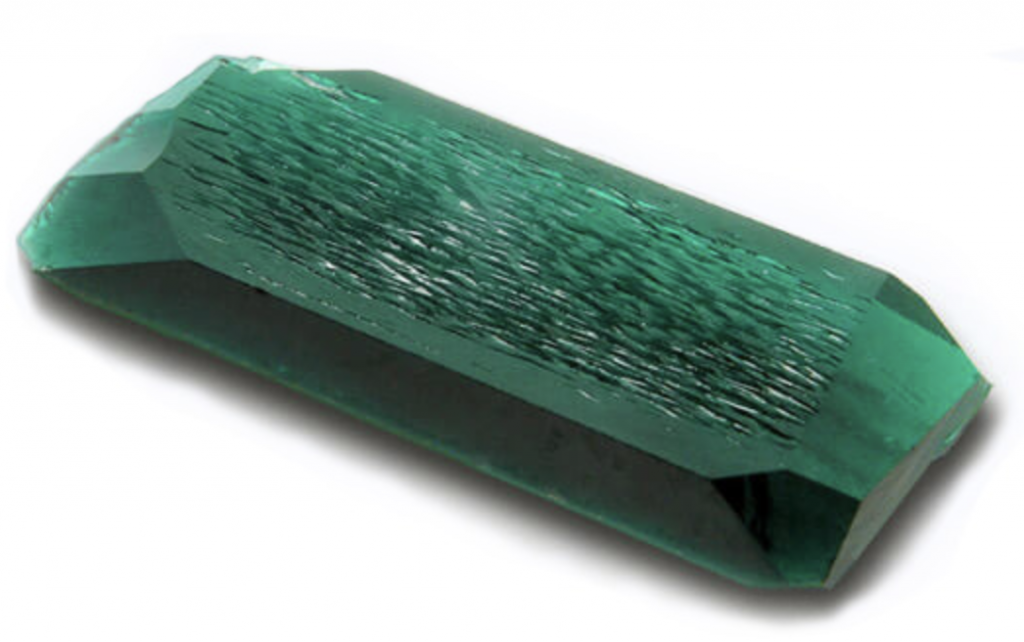Value of Synthetic Emeralds

Synthetic emeralds, unlike simulant emeralds, are emeralds produced in a lab. This means they share the same crystal structure, coloring agent, and overall appearance of natural emeralds because they are the same stuff. Without a closer look at these gems, even a long-time emerald seller might not be able to tell the difference.

Despite being made of the same materials, these gemstones’ respective price ranges are like night and day. Synthetic emeralds do not hold their value the way natural ones do, because they are man-made in a lab. They can more or less be created whenever you want them, with certain caveats. Out of all the synthetically produced gems, emeralds are some of the most difficult to produce. They require much more costly equipment than gems like rubies (which was the first synthetic gem ever made), have fewer methods available to grow them, and usually require more time to form.

What all this means for the cost of synthetic emeralds is that they do not hold their value on the market, despite being the same stuff as natural emeralds.
Synthetic emeralds can also be made mostly transparent, unlike the vast majority of their natural counterparts. Lab-grown emeralds can also be grown very similarly to how they form in nature, and can also be made highly included that way. It all depends on the preference of the consumer. Furthermore, the larger emerald the more time it takes for the gem to form. In order to get extra-large crystals, the emerald material could take a year or more to grow.
Uses of Synthetic Emeralds

Synthetic emeralds are primarily used in jewelry, though they also have amazing potential to be used in “costume” jewelry between scratch resistance and greater toughness than highly included specimens. Costume jewelry is made to look expensive, but in reality be really cheap. The price range for “cheap” can range from a few dollars to a few hundred, not accounting for any collectability factors like being part of Elizabeth Taylor’s jewelry collection at some point.
A lot of fine jewelry uses the same designs over, and over, and over again. Part of this is because classic styles never go out of fashion, and simpler ones are far less costly to set. Costume jewelry, due to its inexpensive nature, often has far more elaborate and trendy designs, though there are exceptions to this.
Wallace Chan, one of the most distinctive jewelers in history, creates nearly impossible designs utilizing high-end gems and a variety of patented materials and techniques. The prices for his pieces are so exorbitant that his client list is also a list of the wealthiest people in the world.

A general rule of thumb in the jewelry industry is that the cost of the setting (metal, sidestones, and labor) are to never exceed the cost of the main gem. Basically, if you can afford a $5,000 ring, why bother buying a $500 gem? Unique designs are typically reserved for much more expensive gems, though these types of gems are often put in very simple settings. Even the most expensive emerald in the world sits in a simple three-stone setting.
